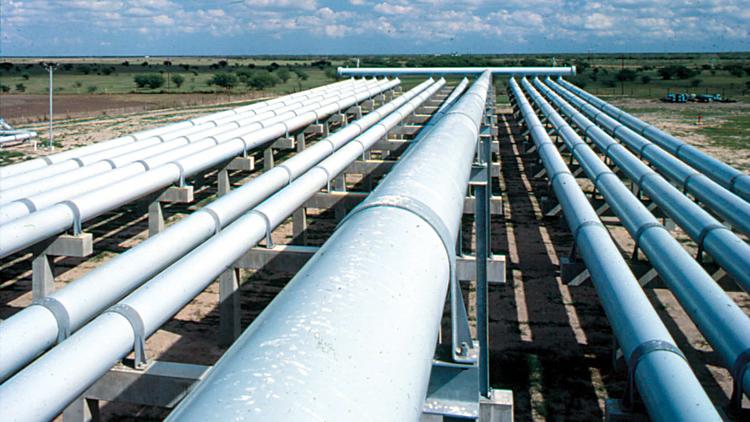A persistent oversupply of natural gas will drive the 2020 average price at the Henry Hub down (in real terms) to a level not seen in decades, according to a new report from IHS Markit, a world leader in critical information, analytics and solutions.
The oversupply—to be reinforced by a new surge in associated gas production from the Permian basin—will push the average price down below $2/MMBtu for the year, IHS Markit said. That is the lowest prices have averaged in real terms since the 1970s. In nominal terms, the last time that prices fell below $2 was 1995.
Prices are expected to fall despite robust domestic demand—which has increased by 14 billion cubic feet per day (Bcf/d) in annual average demand since 2017—as well as rising levels of exports. The U.S. is expected to export an additional 3 Bcf/d of liquefied natural gas (LNG) in 2020.
It still will not be enough to absorb production that has grown by more than 14 Bcf/d since January 2018. IHS Markit expects production to average more than 90 billion cubic feet per day in 2019 and 2020, IHS Markit said.
“It is simply too much too fast,” said Sam Andrus, executive director, IHS Markit who covers North American gas markets. “Drillers are now able to increase supply faster than domestic or global markets can consume it. Before market forces can correct the imbalance, here comes a fresh surge of supply from somewhere else.”
That next surge of production is expected to come from the Permian basin in West Texas. Growth from the region will more than compensate for declines elsewhere—sustaining the oversupply and the downward pressure on prices that it creates, IHS Markit said.
“Nearly all the growth in U.S. natural gas demand over the next few years will come from LNG exported to other countries. The added supply from the Permian will match—if not exceed—those volumes,” Andrus added.
Two key factors will drive the Permian surge. Associated gas—the source for much of the region’s production growth—is a byproduct from oil well production, meaning that it is less sensitive to natural gas price signals. And additional pipeline capacity is expected to alleviate transportation constraints. The Gulf Coast Express pipeline, scheduled to come online in October, will allow for an additional 2 Bcf/d production capacity. Overall, Permian gas takeaway capacity is expected to increase 6 Bcf/d through 2022.
“In all events the gas is going to get produced out of the oil well. The real change here is the transportation capacity,” said Michael Stoppard, chief strategist for global gas, IHS Markit. “You go from a situation where producers, in many cases, were paying someone to take their gas to having an economic means of getting it to market.”
Signs of the coming price shift can already be seen, IHS Markit said. Gas prices fell by more than a $0.60/MMBtu between March and August as inventories climbed towards their five-year rolling average—despite record use of natural gas to generate electricity and growing LNG exports. Going forward IHS Markit predicts that the U.S. lower-48 storage inventory will come out of the winter at 2.1 Tcf—or 263 Bcf higher than the rolling five-year average—and head towards 4.0 Tcf in the fall of 2020.
Eventually the downward pressure on prices from rapid growth of associated gas will curtail drilling activity and bring the market back into balance. IHS Markit expects prices to rebound and average $2.25 per MMBtu for 2021, though that figure is still a downgrade from previous estimates.
“Markets work in the end,” said Shankari Srinivasan, vice president, energy, IHS Markit. “Rising prices stimulate supply and falling prices curtail it. What is unique here is the extent of reduction required. But signs still point to this coming price fall having a limited shelf life rather than being the new normal.”



